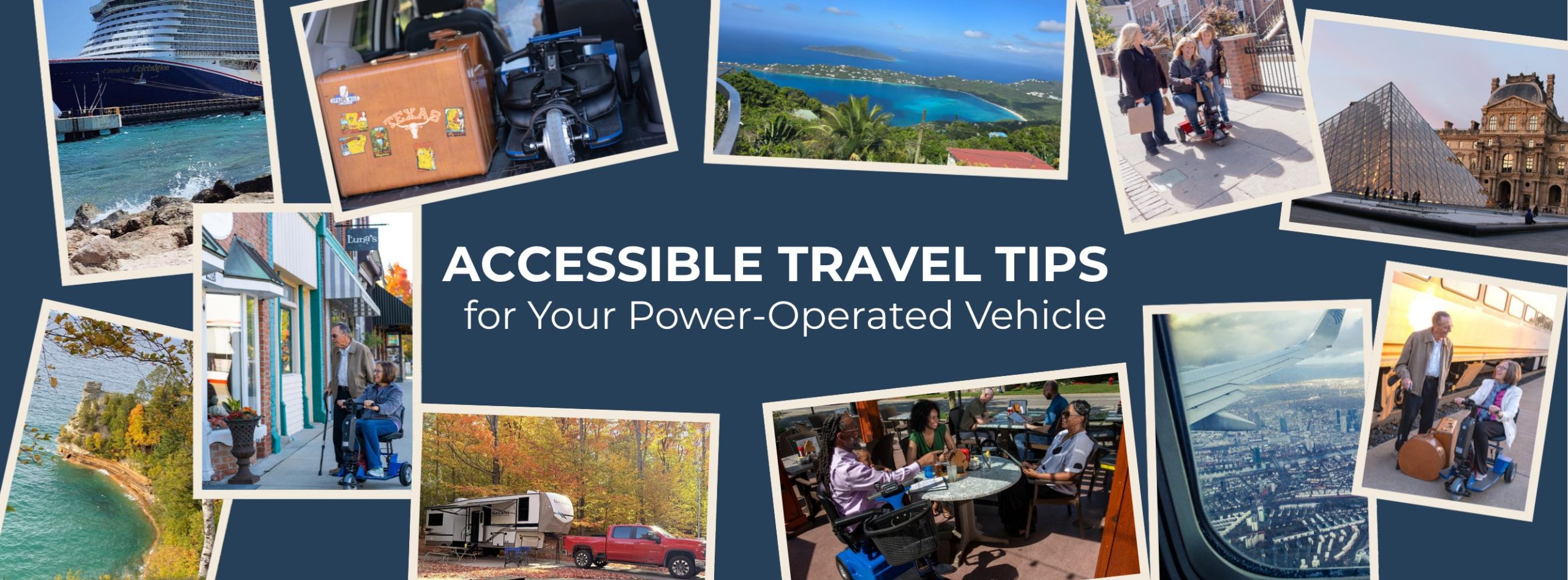
Amigo put together a list of some accessible travel tips to help ensure you have a safe and enjoyable vacation.
Using a qualified accessible travel agent can do a lot of the heavy lifting when planning a trip. Accessible travel author Candy Harrington offers these tips to help find the right travel agent for you:
- Ask a friend who has recently used an accessible travel agent.
- Confirm that the person is an accessibility travel expert.
- Does the agent travel personally?
Lodging is another important part of accessible travel. Use these tips to secure an accessible sleeping space for your getaway:
- Use a hotel name you’ve had success with in the past.
- Read up on hotel access laws to know about design standards for different establishments. You can find more information on the ADA website.
- If you’re using an online resource to book a hotel room, call to inquire about doorway widths, furniture height, and restroom accommodations. Request to see photos of the rooms.
Use these tips to make traveling by car, bus, or train as hassle-free as possible:
- Car: Use a portable mobility cart, such as the TravelMate™, for quick and easy rest-stop breaks. Pack meals and snacks to reduce the number of necessary stops.
- Bus: Contact the carrier as soon as possible to make arrangements. Many offer assistance with boarding, luggage, and retrieving mobility carts.
- Train: Choose the carrier that best meets your needs and requirements. For overnight routes, request a private bedroom and confirm that your care has wide enough doorways and that switches are low enough on the wall for you to reach.
Airline and airport personnel are fully equipped and trained to assist you and your accessibility needs.
- It is helpful to have information on your Amigo handy before and during your flight. Click here to download a recommended questionnaire to fill out information about your Amigo and share it with your airline.
- Visit seatguru.com to determine the best seat to reserve before booking your flight.
- Try to get direct flights. Be sure to have your Amigo checked as “plane side” luggage so it will be delivered to you upon your arrival.
- You may want to request a bulkhead seat, which allows more legroom. For easier transfers, request a seat with folding arms or removable armrests.
- If you travel frequently, it may be helpful to have a special handling tag that states special handling of your Amigo is required. Click here to download a pre-designed handling tag that you can print and attach to your Amigo.



































